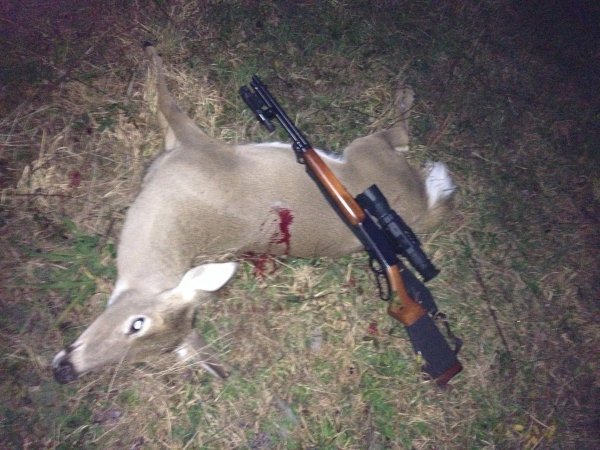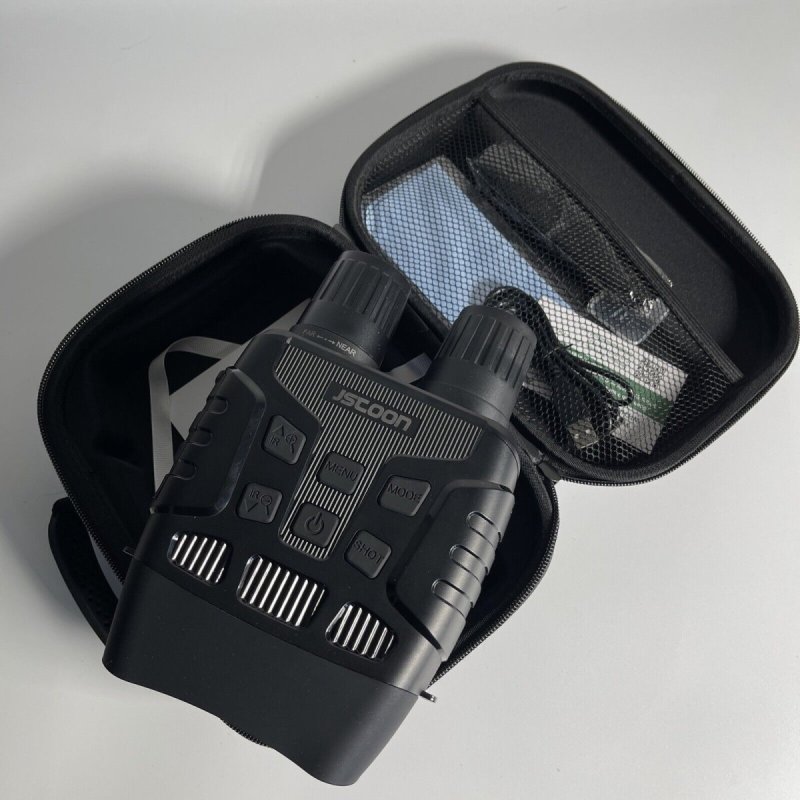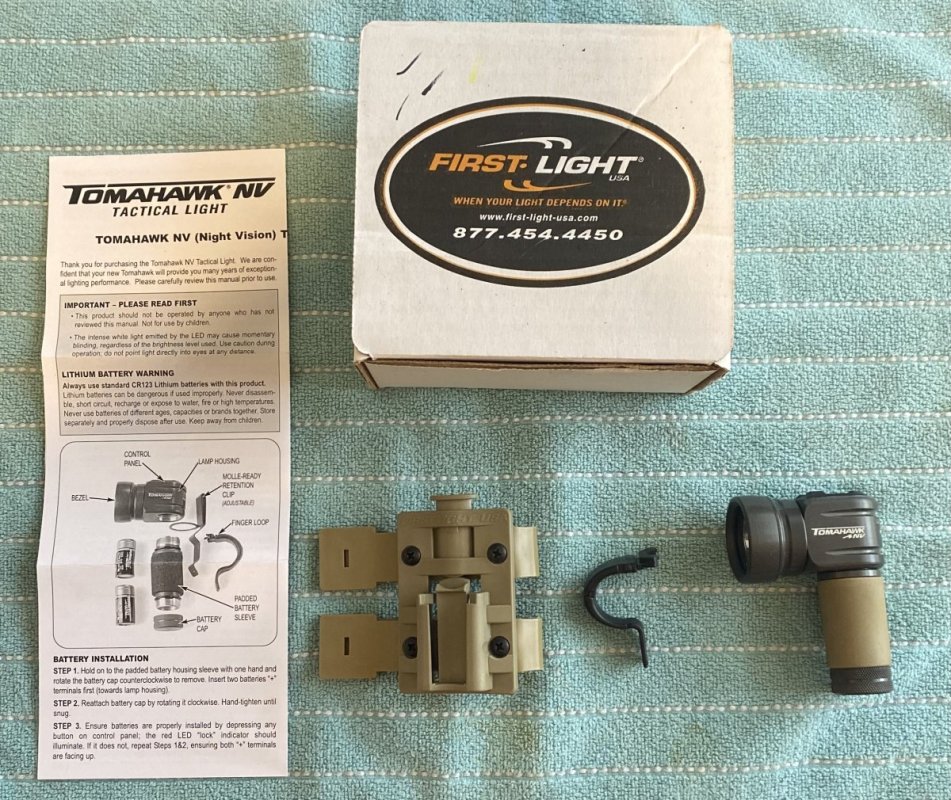Hoping for some advice here. I've been looking at night vision for the last few weeks and debating between a night vision scope on my AR, or putting something like an EOTech on my AR and using goggles or a monocular for those (probably) rare times that I'm on a night hunt. Anyone with practical experience using NV Scopes, NV Goggles, or NV monoculars, I'm looking for some feedback on pluses/minuses of a given approach. Realistically, I'm tending to think it's better to put a really good quality sight on as most shooting will be daylight, then use NV only when needed. I'd love to do a night hog hunt, for example, but that'll likely be rare for me.
So, opinions folks? All practical experience is appreciated folks, and thanks in advance.
So, opinions folks? All practical experience is appreciated folks, and thanks in advance.






 The PVS-14 rocks; especially when paired with a quality IR laser/illuminator! Just nasty! PM me if you have any questions and I'm happy to help answer them if I can.
The PVS-14 rocks; especially when paired with a quality IR laser/illuminator! Just nasty! PM me if you have any questions and I'm happy to help answer them if I can.


